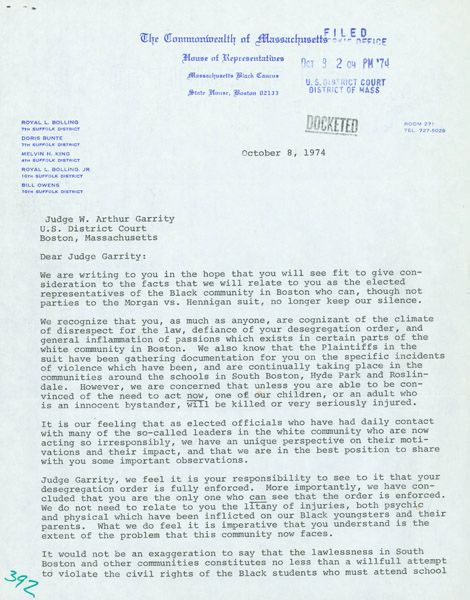Category: Features
Along the Elevated: Photographs of the Orange Line
Clockwise from top left: Washington Street, Roxbury from a moving elevated train; Along the El; Elevated subway supports, Jamaica Plain; Chinese jump rope, Chinatown, Boston. All images from Along the Elevated: Photographs from the Orange Line at the Boston Public Library. From 1901 to 1987, the MBTA’s elevated Orange Line ran between Chinatown, the South…

Digitizing Morgan v. Hennigan
By Andrew Begley Archives Specialist, National Archives at Boston; Co-Chair, Digital Commonwealth Outreach and Education Committee Over the last five to ten years, a number of archives and libraries in the Boston area have digitized rich collections of materials related to school desegregation and busing in the city of Boston. Collections at the Boston City…
Season’s Greetings
Of the many holidays we celebrate at this time of year, Christmas is certainly the best marketed. Chances are, whether you decry this or embrace it, you can’t escape it. The images in this post are for the Richard Schwarz Toy Emporium. First of all, we need more toy emporiums. (Emporia?) Who wants to go…

